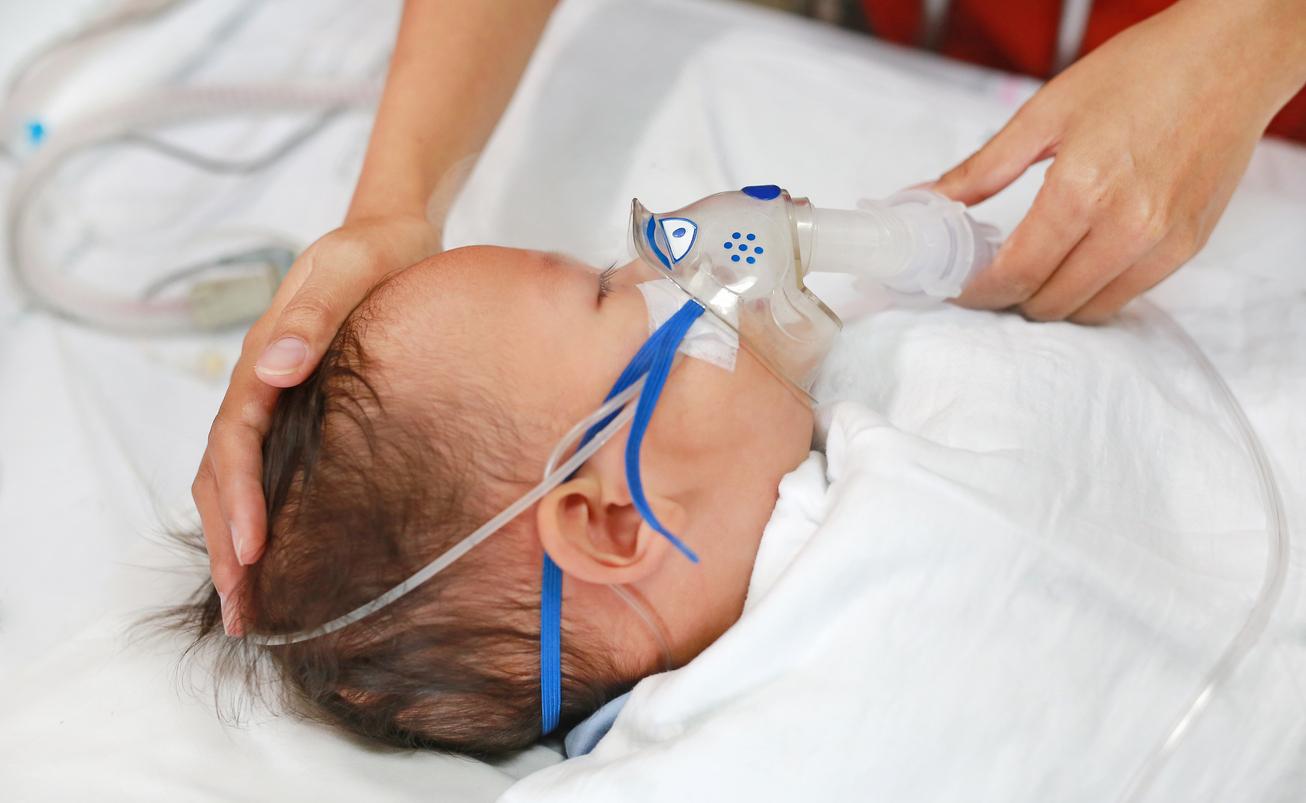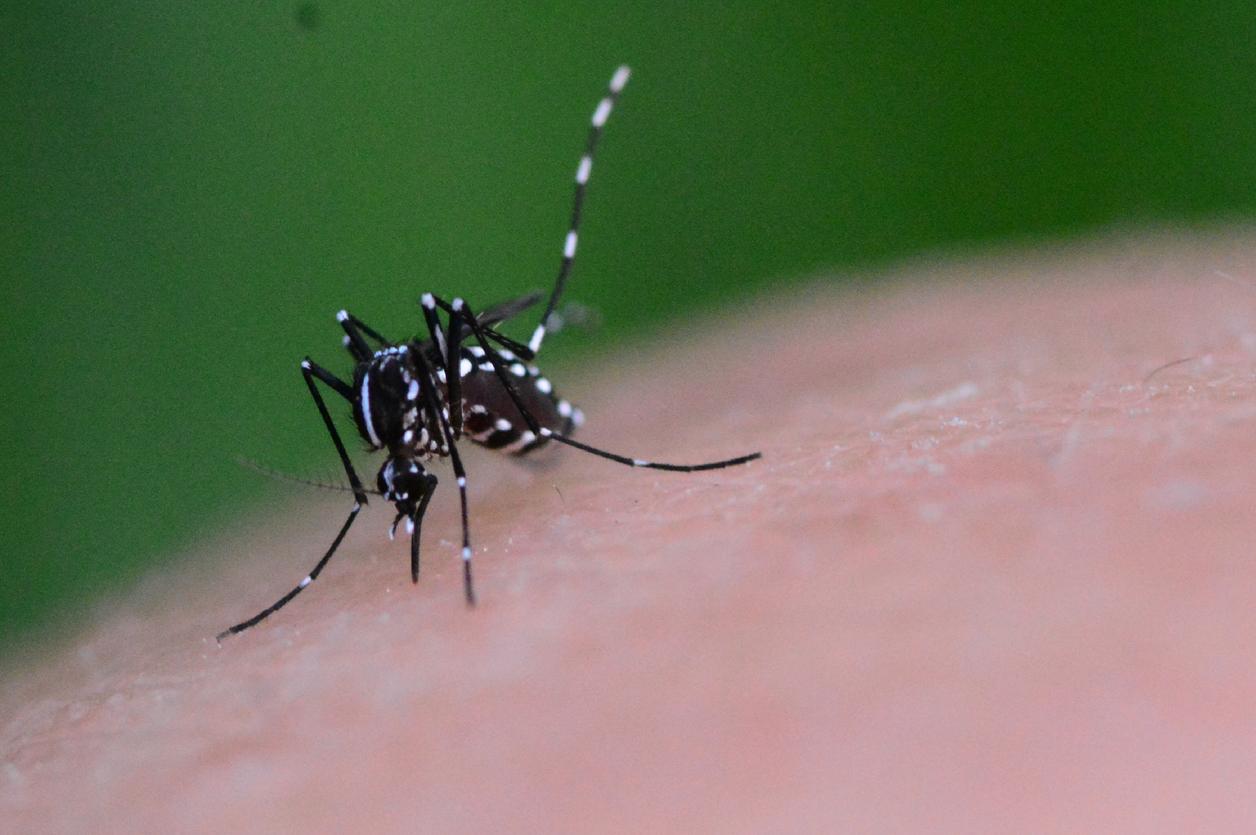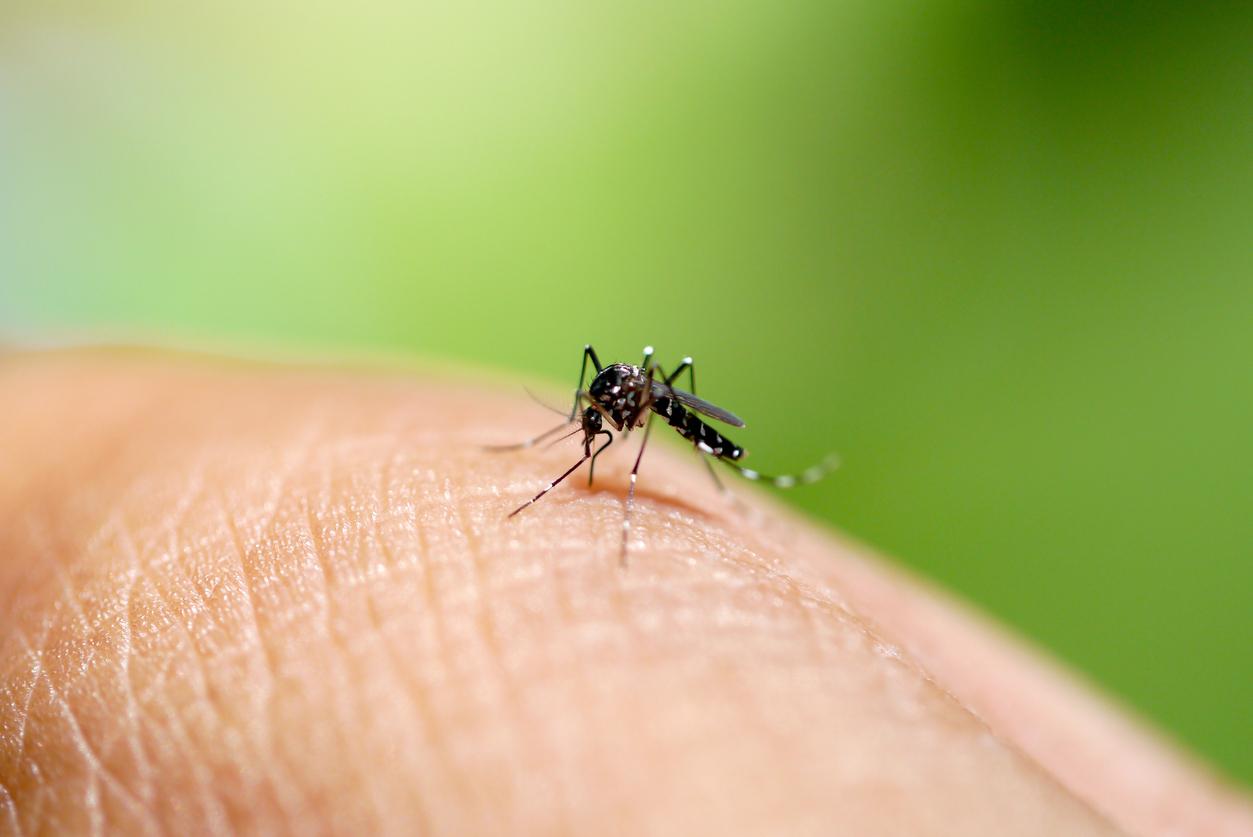“This is one of the most frightening epidemics we face.” The words of the Deputy Director General of the WHO, Keiji Fukuda, give cold sweats. They point out that the Ebola fever epidemic that started in January in Guinea is far from being contained. Worse, it could have contaminated neighboring countries such as Liberia and Sierra Leone. In Mali, 9 suspected cases have been identified.
The figures of the victims given by the WHO testify to the extent of the danger: 101 people have died of haemorrhagic fever since January in Guinea out of 157 patients. Of these deaths, 67 are directly linked to the Ebola virus. In Liberia, there have been 21 cases of haemorrhagic fever, including 10 fatalities.
The unprecedented spread of the epidemic is causing concern for the teams of doctors and researchers deployed on site. This is indeed the first time that West Africa has been affected by this virus. “We are facing an epidemic on a scale never seen before by the distribution of the number of cases on the territory”, confirms to AFP Mariano Lugli, coordinator of Doctors Without Borders (MSF) in Conakry, the Guinean capital.
The airport under surveillance
“The Zaire strain Ebola virus (…) is the most deadly strain since it can go up to 60-90% of the deaths of people who will present the symptoms”, adds to RFI doctor Dieudonné Nkogué, from the Center International Center for Medical Research at Franceville in Gabon.
Health authorities recommend that people with symptoms go to health centers for treatment.
To limit “as much as possible” the introduction of the virus into France, French doctors are deployed at Conakry airport.


















